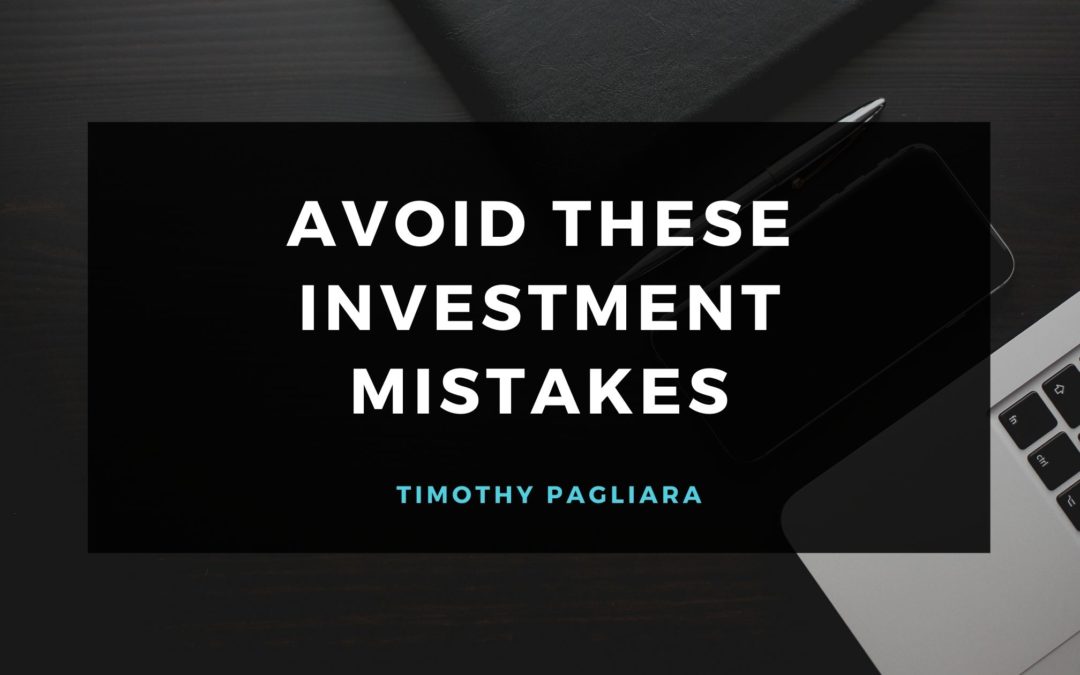Investing can make or break you financially. In the beginning, most investors are hopeful. Many believe that their savvy investment decisions are superior, and that they will become wealthy in a relatively short period of time. Unfortunately, it’s not that easy. There is also an irony here, which will be explained soon.
First, let’s take a look at two common investing mistakes. Simply by avoiding these two mistakes, you will have a much greater chance at success.
Overtrading
Overtrading simply refers to placing too many trades. In some cases, you will be charged for each trade, but that depends on the platform because some trading platforms now offer free trades. Even if the trades are free, the real pain comes from emotional decisions.
If you’re an individual trader and you’re trading often, your odds of success are very low. Institutional traders can move retail traders often positions with ease. But even if you think everything is fair and square, when you trade too often, you’re making emotional decisions. This means you might sell low when a stock is plunging, but a stock rarely hits $0/share. A professional trader will cost-average down, meaning they’re slowly buying that stock on the way down so they make more money on the way up without the stock having to move all the way back to its original position before the plunge.
Lack of Diversification
Let’s say you strongly believe that the price of oil will go higher. Due to this strong belief, you buy stock in three different oil companies. What some investors don’t realize is that oil stocks–or stocks in any sector–will usually trade together. Some will perform better than others, but there is usually a trend. In this situation, if the price of oil were to plunge and all your investments were in oil stocks, your entire portfolio would suffer.
In order to avoid this, invest in different sectors: Energy, Consumer Goods, Gold, Technology, etc. If one sector suffers and the other sectors are doing well, your portfolio should be fine.
The Irony
The irony is that the less you do, the better chance you have of winning. This is how investing works in the United States. All you have to do is invest in the S&P 500 via a low-expense ETF and you’re set. These companies are bigger ships to turn. Also, if you invest in individual stocks opposed to an ETF, many of them pay dividends, which means you get paid even if the stock is suffering a temporary setback. An ETF covering the S&P 500 will also pay a dividend but it won’t be as much if you’re investing in individual stocks.
On top of that, S&P 500 companies are essential to the U.S. economy, which means the government doesn’t want them to fail. This is a slow and steady approach, but it’s also an effective one. If you have any doubts, just look at Warren Buffett.

